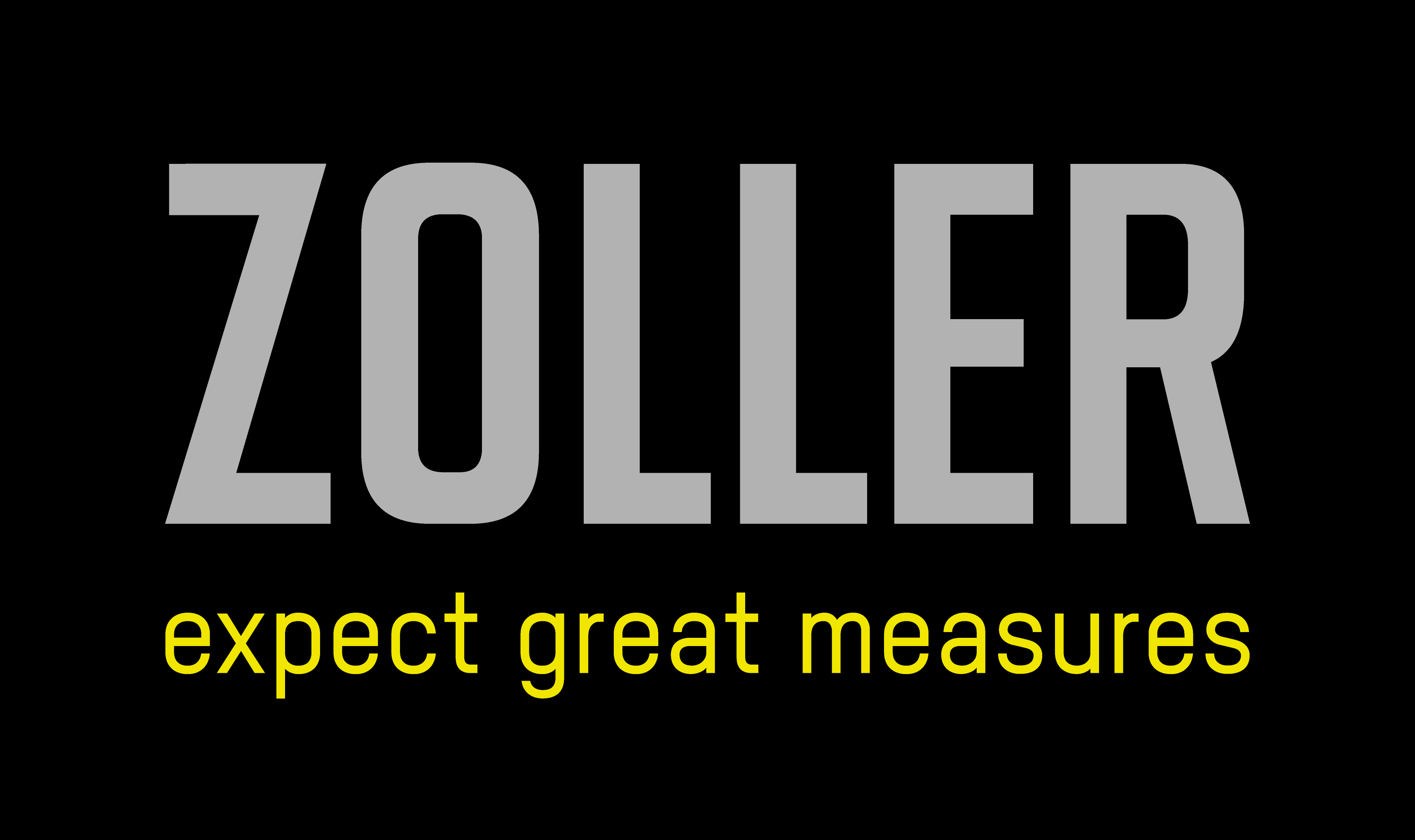Zoller celebrated its 80th anniversary at its North American headquarters in Ann Arbor, Michigan, with a three-day Open House & Technology Days event May 6-8.
The celebration brought together manufacturers, partners, industry leaders, as well as members of the media, to explore the future of smart manufacturing while honoring the company’s legacy of innovation, precision, and customer-driven solutions.
Following the unveiling of its newly expanded Zoller Pacific facility in April, the celebration moved east under the theme “ELEVATE. EFFICIENCY.” The event featured immersive technology demonstrations, expert-led presentations, and customer success stories that illustrated the benefits of Zoller Solutions, from CAM to part.
The first day was dedicated to the press and partners, offering a look at Zoller’s journey over the past eight decades and its evolving vision for smart manufacturing. Mr. Alexander Zoller, President of Zoller Inc., delivered an executive briefing, offering insights into industry trends. With Zoller at the forefront, the company continues to drive efficiency, precision, and automation for operations of all sizes, in every industry vertical.
Day two focused on maximizing efficiency from CAM to part, with presentations from Jonathan Meeker of Milacron and Chiara Schildendorfer of Pankl Aerospace, who detailed how Zoller Solutions have maximized the efficiency of their toolroom and machining operations. Zoller experts provided interactive demonstrations of Zoller Solutions, from automation with the »coraMeasureLG« and »roboBox« to TMS Tool Management Solutions. Day two also featured the launch of the 2026 Toolroom of the Year competition, reinforcing Zoller’s commitment to elevating efficiency and recognizing
customer success. Guests marked the special occasion with a dedicated anniversary cake cutting and celebratory toast, honoring the achievements and dedication of Zoller employees worldwide over the last 80 years and in the years to come, as they continue to drive forward into the future.
The final day showcased advancements in tool inspection technology, with Nathan Cranker, Owner and Operations Manager of Gorilla Mill, sharing how Zoller helped elevate both quality and efficiency in their tool manufacturing. One of the event’s key moments was the unveiling of the »titan«, Zoller’s newest innovation for fully automatic measuring and inspection of precision cutting tools and edge-prep.
With groundbreaking technologies like the »titan«, expanding facilities across North America, and a continued focus on smart, connected solutions, Zoller remains committed to empowering its customers to drive efficiency, reduce downtime, and elevate quality. As the company looks toward its ninth decade, Zollerwill continue setting the standard for precision and innovation.
Contact Details
Related Glossary Terms
- arbor
arbor
Shaft used for rotary support in machining applications. In grinding, the spindle for mounting the wheel; in milling and other cutting operations, the shaft for mounting the cutter.
- computer-aided manufacturing ( CAM)
computer-aided manufacturing ( CAM)
Use of computers to control machining and manufacturing processes.
- milling machine ( mill)
milling machine ( mill)
Runs endmills and arbor-mounted milling cutters. Features include a head with a spindle that drives the cutters; a column, knee and table that provide motion in the three Cartesian axes; and a base that supports the components and houses the cutting-fluid pump and reservoir. The work is mounted on the table and fed into the rotating cutter or endmill to accomplish the milling steps; vertical milling machines also feed endmills into the work by means of a spindle-mounted quill. Models range from small manual machines to big bed-type and duplex mills. All take one of three basic forms: vertical, horizontal or convertible horizontal/vertical. Vertical machines may be knee-type (the table is mounted on a knee that can be elevated) or bed-type (the table is securely supported and only moves horizontally). In general, horizontal machines are bigger and more powerful, while vertical machines are lighter but more versatile and easier to set up and operate.

